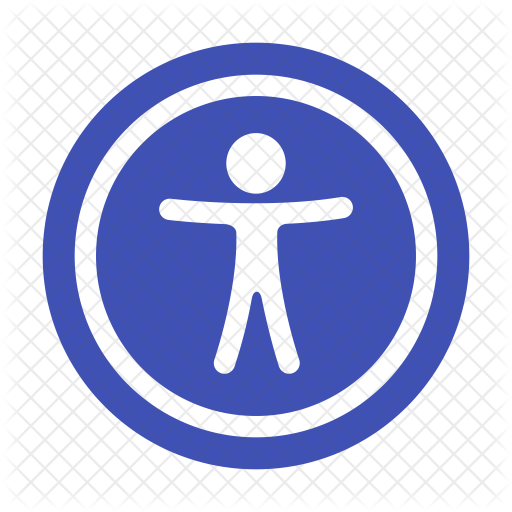Math is like love - a simple idea but it can get complicated.
R. DrabekP1-0292 - Topology and its applications
Head of the research program P1-0292: prof. dr. Dušan Repovš
Duration: 01/01/2022 - 12/31/2027
Abstract: The proposed 6-year national research program P1-0292 "Topology and its Applications (2022-2027)" is a continuation of our 7-year national research program P1-0292 "Topology, Geometry and Nonlinear Analysis (2015-2021)". In the next 6-year period (2022-2027), we shall focus on several unsolved problems in modern topology and its applications in other fields of science and technology. Topology has evolved from an almost exclusively theoretical subject to a branch of contemporary mathematics where application questions are becoming an increasingly important motivation for the development of the theory. At the same time, new methods for solutions of a wide range of problems are emerging and evolving, ranging from pattern and shape recognition, noise control, sensor networks, topological data analysis, and material science, to genomics, evolutionary biology, neural science, robot motion and manipulation planning, CT and scintigraphy analysis, and many more. Our research group has already actively participated in the past in several different applied areas, e.g. in studies of neural structures (Blue Brain Project), DNA knotting, topological analysis of CT and scintigraphy data, complexity analysis of robot motion, and manipulation algorithms. It is our plan to continue in 2022-2027 along this path and to combine theory with development of new applications of algebraic and geometric topology. Our main research goals in 2022-2027 will be: (i) to extend the notion of knotted structures and develop invariants and classification methods for higher-dimensional knots, (ii) to apply machine learning to identify knotting patterns of biomolecules, (iii) to study complexity of robot motion under varying ambient conditions, (iv) to study minimal triangulations of manifolds, (v) to develop new types of random flag complexes to model neural networks, and (vi) to relate persistent homology to geometric features of the underlying space, such as sets of geodesics and thick-thin decompositions. We shall continue in 2022-2027 to publish our results in excellent journals in pure and applied mathematics. We shall also continue to collaborate with leading research groups from European Union, United States, Russian Federation, and Japan, in the framework of international (bilateral and multilateral) research projects and networks. We shall continue organizing conferences and workshops, with the participation of key foreign experts, thus enabling intensive exchange of knowledge and further collaboration. We shall also continue developing doctoral program in topology and its applications in Slovenia and including doctoral students in our research.
Members of the research program at the Institute of Mathematics, Physics and Mechanics:
- dr. Dušan Repovš, researcher and head of the research program
- dr. Petar Pavešić, researcher
- dr. Žiga Virk, researcher
- dr. Dejan Govc, researcher
- Peter Goričan, young researcher
- Urban Ogrinec, young researcher



